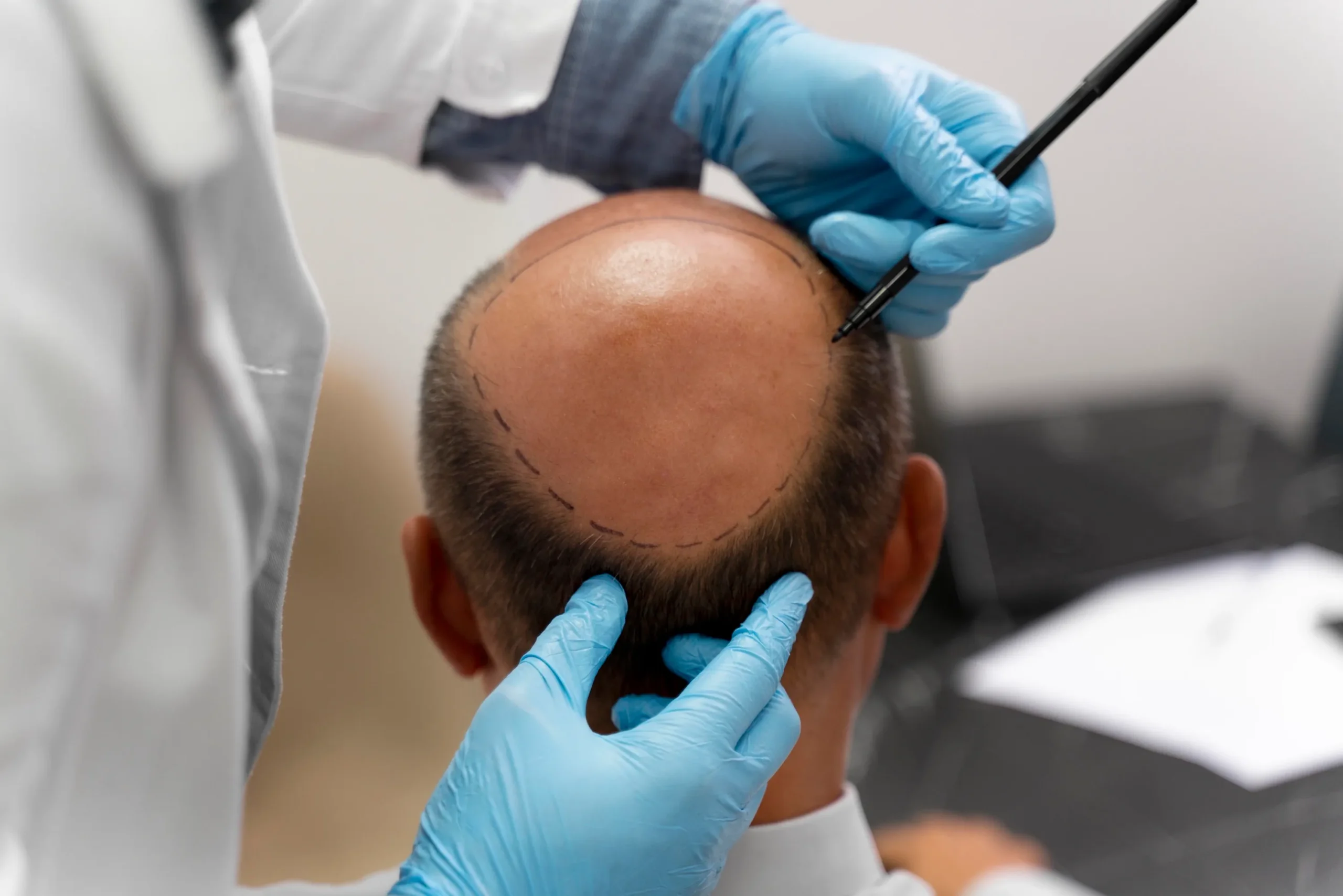Hair Transplant Recovery Timeline – Week by Week

So, you’ve decided to get a hair transplant in Islamabad— great choice! While the procedure itself is a big step toward restoring your hair and confidence, understanding what happens after the surgery is just as important. Recovery plays a crucial role in the success of your transplant, and knowing what to expect week by week can help you navigate the process with ease.
Here’s a detailed hair transplant recovery timeline, from the moment you leave the clinic to when you begin enjoying your new hair.
Day 1 – Immediate Post-Op
- Right after the procedure, your scalp will feel sore, swollen, and tight, especially in the donor and recipient areas.
- You may notice small scabs and redness where the grafts were implanted.
- Your surgeon will provide aftercare instructions and possibly prescribe antibiotics, painkillers, and anti-inflammatory medication.
- Rest is key — avoid touching or scratching your scalp.
Week 1 – Healing Begins
- Swelling peaks around day 2 or 3 and gradually starts to subside.
- Tiny crusts or scabs will form around the transplanted grafts.
- By day 5–7, you may gently wash your scalp with a mild shampoo as directed by your clinic.
- It’s normal to experience itching, but avoid scratching to protect the grafts.
- Most patients can return to light work or daily activities by the end of the first week.
What to avoid:
- Direct sunlight
- Sweating or exercise
- Smoking and alcohol
Week 2 – Scabs Fall Off
- By the end of week two, most of the scabs will begin to fall off naturally.
- The donor area continues healing and may feel slightly numb.
- The redness in the recipient area starts to fade.
- It’s also common for some or most of the transplanted hairs to shed during this time — a completely normal phase known as “shock loss.”
Don’t panic! The follicles remain intact under the skin — this is just part of the cycle.
Week 3 – The Ugly Duckling Phase
- This phase can be emotionally challenging for some patients.
- You might notice increased shedding or patchy thinning.
- The newly implanted follicles are now in the resting phase of the hair cycle (telogen phase).
- Some redness or minor irritation may linger depending on your skin type.
Reminder: Results take time! It may look like you’re going backward, but this is a temporary part of the journey.
Week 4 – Scalp Settles Down
- Most external signs of surgery are now gone.
- The donor area should be fully healed.
- The recipient area looks more natural, and any lingering redness should continue to fade.
- No new visible hair growth yet — but that’s coming soon.
You can usually resume full physical activity, including workouts and swimming, by this point (with your doctor’s clearance).
Month 2 – Shedding Continues
- Some shedding may still occur, but this is your scalp making way for new growth.
- The scalp may feel dry or itchy, but this is less intense than during the first few weeks.
- Hair growth is still not noticeable, which is normal.
At this stage, patience is crucial. It may seem like nothing’s happening, but the groundwork for new growth is well underway.
Month 3 – New Growth Begins
- This is when many patients start noticing early hair regrowth.
- The new hair is usually thin, fine, and light in color — don’t worry, it will thicken over time.
- You may also notice small pimples in the recipient area — this is due to new hair breaking through the skin and is temporary.
Hair grows at an average rate of about 1 to 1.5 cm per month, so expect gradual progress.
Months 4–6 – Visible Progress
- The new hair begins to grow more noticeably.
- Density improves and texture becomes more natural.
- You may start seeing a real difference in your hairline and overall coverage.
By month 6, about 50–60% of your final results may be visible. Some patients with faster-growing hair may see more.
Months 6–9 – Maturity Sets In
- The hair continues to thicken and blend with your natural hair.
- Texture and density improve dramatically during this period.
- You can now style your hair more freely and begin to see the outcome you envisioned.
Months 9–12 – The Final Stretch
- By now, 80–90% of the final result is usually visible.
- The hair looks fuller, stronger, and completely natural.
- Any minor asymmetries or sparse areas should fill in as growth continues.
Month 12 and Beyond – Full Results
- Most patients achieve their final results between 12–18 months post-surgery.
- The hair is now mature in texture, color, and density.
- You can cut, style, and treat it just like the rest of your natural hair.
At this point, you’ll be able to fully enjoy the benefits of your hair transplant — a more youthful appearance and a major boost in confidence.
Final Thoughts
The recovery process after a hair transplant requires patience, discipline, and proper aftercare. While the first few weeks can be a little uncomfortable and visually underwhelming, the results are well worth the wait.
By understanding the week-by-week hair transplant recovery timeline, you’ll know what’s normal, what to expect, and how to care for your scalp during each phase of healing.
If you’re considering a hair transplant, choose a reputable clinic that not only performs the procedure skillfully but also supports you throughout the recovery journey. The transformation may take time — but the confidence it brings lasts a lifetime.



